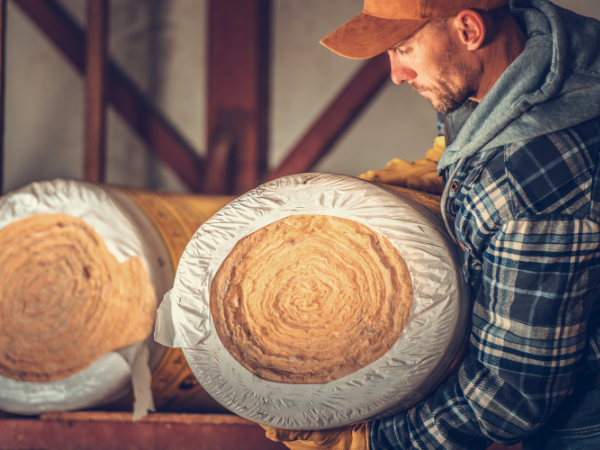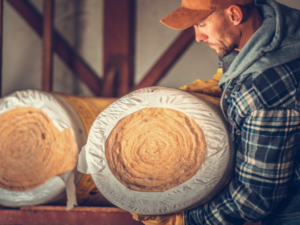When it comes to making your home energy efficient insulation is an element. It does not keep your house warm during winter and cool during summer. Also helps reduce energy bills and minimise your environmental impact. However before you start an insulation project it’s important to have an understanding of the associated costs. In this guide we will explore the factors that influence insulation expenses in the UK.
1. Different Types of Insulation Materials
The selection of insulation material significantly affects the cost. Common options include fibreglass, foam board, cellulose and spray foam. While fibreglass tends to be budget premium choices like spray foam offer superior insulation properties.
2. Size of the Property
The footage of your property plays a role in determining the cost of insulation. Larger homes require materials and labour which results in expenses. It’s crucial to assess the size of your property before setting a budget for insulation.
3. Accessibility of Specific Areas
Areas that are harder to access, such as attics with headroom or crawl spaces may require labour and time. This can lead to an increase in the cost of the insulation project.
4. Methods of Installation
Insulation can be installed using techniques, such as batts, rolls, blown in or spray applied methods. Each approach has its associated costs. While batts and rolls are generally more budget friendly they may not be as effective in sealing spaces compared to blown in or spray applied alternatives.
5. Compliance with Building Regulations and Standards
Adhering to building regulations and standards is essential and non negotiable. Meeting these requirements ensures effective installation of insulation. It is advisable to seek guidance to ensure compliance as this may have an impact on the overall cost involved.
6. Additional Expenses
Apart from material and labour costs there are expenses that need to be taken into account. These may include the removal of insulation, air sealing measures and the use of vapour barriers. Considering these costs is crucial for an estimation of the budget.
7. Energy. Return on Investment
Although the initial cost of insulation might appear significant it’s important to consider the long term benefits it brings. An insulated home leads to energy savings over time, which can help offset the initial investment made in insulation installation. This ultimately results in a return on investment, in the run.
8. DIY, versus Professional Installation
Choosing installation ensures that the insulation is properly installed, meeting all standards. While opting for a DIY approach may seem like a cost option at first, mistakes in installation can result in inefficiencies and higher long term expenses.
9. Local Market Prices
The cost of insulation materials and labour can vary depending on your location within the UK. It’s recommended to gather quotes from contractors to gain a clear understanding of the prevailing rates in your local market.
10. Government Grants and Incentives
Exploring government grants and incentives for energy home improvements can significantly offset the expense of insulation. Many regions provide assistance to encourage homeowners to invest in insulation.
Conclusion
To sum up several factors influence the cost of insulation in the UK including material type, property size, installation method and compliance with regulations. Although the initial investment may appear significant the long term benefits such as energy savings and increased property value make it a worthwhile undertaking. Seeking advice from professionals and exploring incentives can further enhance the affordability of this home improvement project. Remember, an insulated home not only provides comfort but also demonstrates responsible environmental stewardship while being kind to your wallet.





